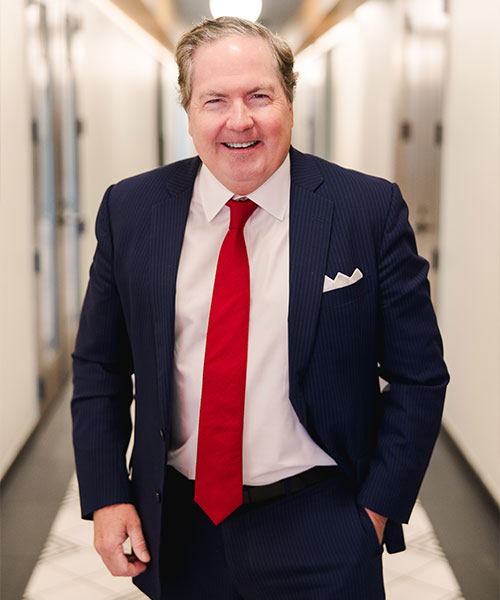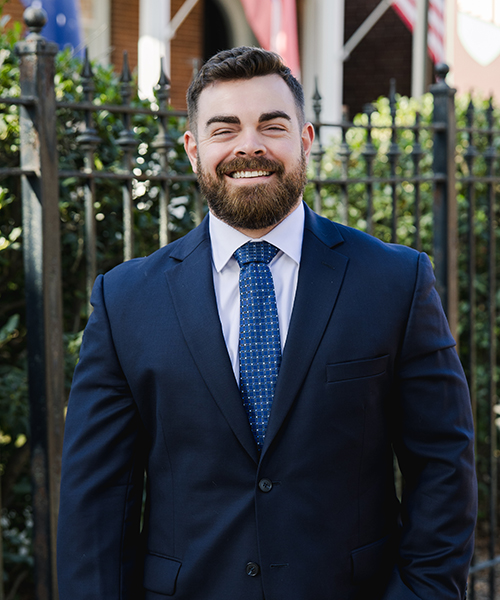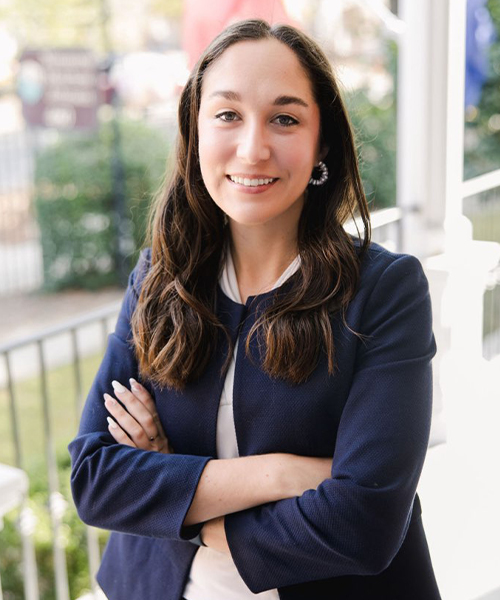The end of daylight saving time in Augusta brings about a shift in driving conditions, with dusk creating hazardous driving environments. During the fall months, the time change causes a surge in car accidents, particularly as drivers struggle to adjust to changing visibility. Proving fault in dusk-related car crashes requires a detailed investigation into the factors that contributed to the accident, including lighting conditions, vehicle behavior, and weather factors.
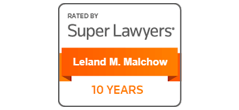

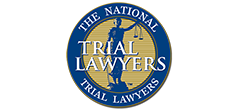



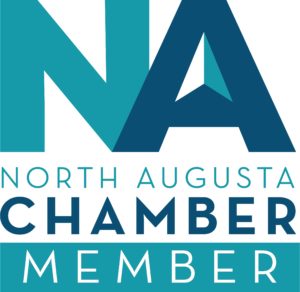
Understanding the Risk of Dusk Car Crashes 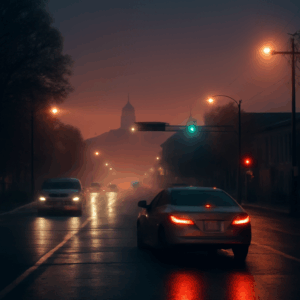
With the end of daylight saving time, the transition to shorter days in Augusta significantly affects driving conditions. As the sun sets earlier, dusk falls during peak commuting hours, leading to a dangerous blend of poor visibility and increased traffic. Although the risks of driving at night are well known, dusk presents a unique challenge for drivers, as they have not yet fully adjusted to the darkness.
The reduction in natural light can make it difficult for drivers to see pedestrians, cyclists, or road hazards. The change in lighting can also cause temporary blindness when moving from well-lit to dimly lit areas. These factors can contribute to accidents, especially if drivers are unprepared for the abrupt transition. The drop in visibility, combined with increased fatigue as drivers adjust their schedules after the time change, creates a perfect storm for accidents.
How Dusk Affects Driver Behavior
The shift in daylight hours also affects the way drivers perceive their surroundings. During the twilight hours after the time change, many drivers find themselves unprepared for the rapid onset of low light conditions.
- Headlights Usage
One of the most significant factors in dusk crashes is whether drivers have their headlights on. Many drivers assume they don’t need headlights until it’s completely dark, but it’s essential to use them during twilight conditions. A failure to turn on headlights reduces visibility and could be considered negligent in the event of an accident. - Increased Driver Fatigue
The adjustment to a new schedule after daylight saving time can lead to increased driver fatigue. As the days get shorter, people are naturally inclined to drive in more dimly lit conditions, making it harder for them to stay alert. This fatigue often causes slower reaction times and an inability to notice potential dangers in the road ahead. - Inattention to Road Conditions
The psychological impact of time changes also plays a role. Drivers may feel less focused or distracted due to the change in their routine. They may fail to notice traffic signals, slow-moving vehicles, or pedestrians, all of which can lead to crashes, particularly when visibility is already compromised.
The Challenges of Proving Fault in Dusk Crashes
When a car crash occurs during the dusky hours of the evening, proving fault becomes more complicated. Unlike accidents that occur in broad daylight, the diminished lighting conditions often make it harder to collect definitive evidence. To build a solid case, investigators must rely on various forms of evidence.
- Vehicle Lighting and Headlights
One of the most crucial factors in proving fault in dusk accidents is whether the driver had their headlights on. Georgia law requires drivers to use headlights during specific times of the day, including dusk. Failure to use headlights or using dimmed headlights may be considered negligent and is often a key factor in establishing fault. - Witness Statements and Dashcam Footage
Gathering witness statements and obtaining any available surveillance footage or dashcam recordings is essential in proving fault in dusk-related crashes. If there were any other vehicles or pedestrians involved, eyewitnesses could provide valuable testimony about the lighting conditions, driver behavior, and the speed of the vehicles involved. Dashcam footage can also show the exact moment the crash occurred, offering crucial evidence about whether the driver was distracted or speeding. - Road Conditions and Environmental Factors
In some cases, poor road conditions may contribute to a crash. For instance, wet roads, faded road markings, or obstacles that are difficult to see in low light could have played a role in the accident. Evidence such as photographs of the accident scene, including the condition of the road, can help establish that environmental factors contributed to the crash. - Police Reports
Police reports following the accident are an essential component in proving fault. Officers usually document the time of day, road conditions, and any statements made by drivers or witnesses. They also note any violations or infractions, such as failure to yield or running a red light, which may provide evidence of negligence.
Choosing a Personal Injury Attorney How Much Is My Personal Injury Claim Worth?Related Videos
Steps to Take After a Dusk Car Crash
In the aftermath of a car crash, particularly one that occurs during the twilight hours, it’s important to take immediate and thoughtful steps to ensure that all relevant evidence is preserved. These steps will help strengthen any potential claims for compensation or legal action.
- Seek Immediate Medical Attention
Even if you don’t feel injured immediately after the crash, it is essential to seek medical attention. Some injuries, such as whiplash or concussions, may not be immediately apparent. Additionally, receiving medical treatment ensures there is a record of your injuries, which can be crucial for legal and insurance purposes. - Document the Scene
Take detailed photos of the scene, including the position of the vehicles, visible damages, the surrounding road conditions, and any relevant signage. If there are any marks on the road that suggest a sudden stop or swerve, document those as well. This documentation can provide important evidence in showing how the crash occurred. - Get Contact Information from Witnesses
Witnesses can provide critical testimony about what happened before, during, and after the crash. Obtain the names and contact details of any bystanders who saw the accident. If there were other drivers involved, exchange insurance information as well. - Notify Your Insurance Company
It’s important to report the accident to your insurance company as soon as possible. Be honest about the conditions and avoid admitting fault during the initial conversation. Your insurance company may investigate the crash further to determine who is liable. - Consult a Personal Injury Lawyer
A skilled personal injury attorney can guide you through the legal process and help you understand your rights. If you were injured in the crash, your lawyer will assess the evidence and help you pursue compensation for medical bills, lost wages, pain, and suffering.
Driving during dusk, especially after the time change in Augusta, introduces a variety of challenges. As daylight diminishes and drivers struggle to adjust to the changing light conditions, accidents become more common. Proving fault in these types of accidents can be difficult, but with the right evidence, a skilled lawyer can help establish negligence and secure compensation. Whether it’s due to inadequate lighting, distracted driving, or weather conditions, the causes of dusk-related crashes require careful attention to detail.
If you’ve been involved in a car accident during these twilight hours, Malchow Johnson Injury Lawyers is here to help. Our team of dedicated attorneys can assist you in navigating the legal process, ensuring that you receive the compensation you deserve. Contact us today for a free consultation and let us help you through this difficult time.

